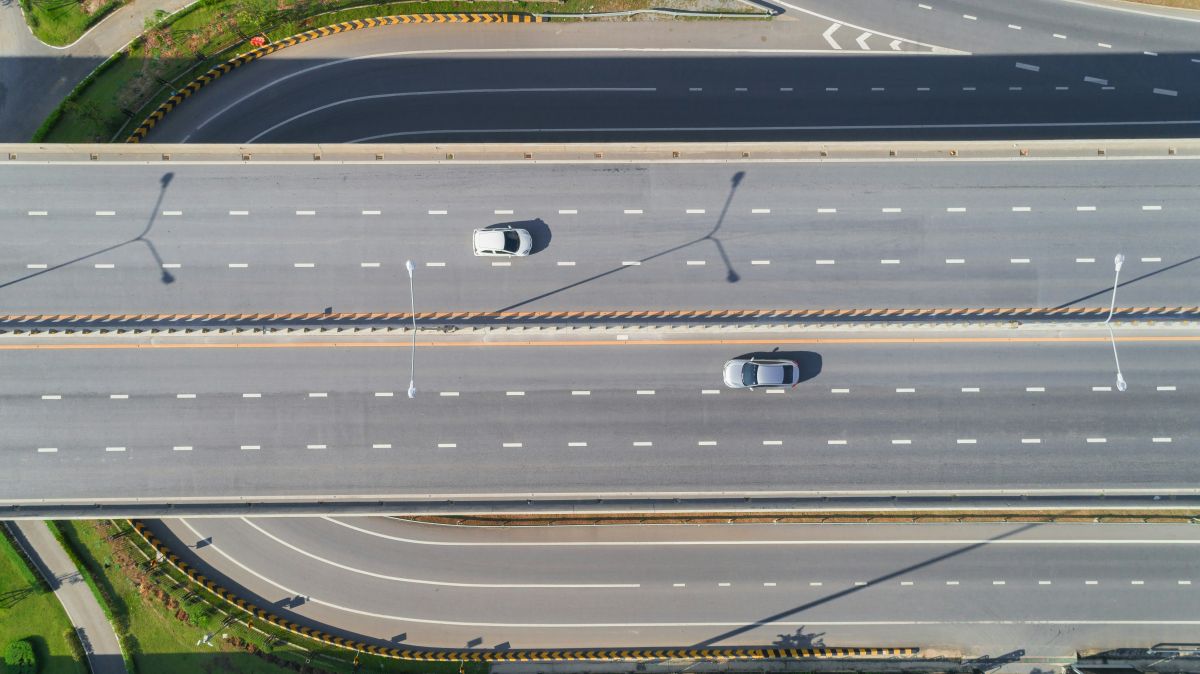Highway to the future: How will tech revolutionize the way we drive?
Everyday millions of US residents take to the nation’s highways, but what will these journeys look like in the future?

Everyday millions of US residents take to the nation’s highways, but what will these journeys look like in the future? In our ‘Highway to the Future’ series Steer’s North American Infrastructure team will explore the innovations that could soon shape the way ordinary Americans drive. From flying cars to electrification, our team of dedicated experts will unpack how ideas once considered impossible could soon be a fact of day-to-day life.
Technology is revolutionizing the way highway roads operate, bringing additional benefits to users. From enhancing safety and reliability to accelerating the development and integration of Connected and Autonomous Vehicles (CAVs), technological advancements are reshaping our transportation infrastructure.
The private sector is exploring the opportunities this could bring, running pilots on existing roads to test the technology, to better understand the true benefits and also estimating the costs associated with it.
The vision is clear, embracing the integration of technology to enhance user experience and overall road performance, but the actual implementation could vary. We are seeing two different approaches:
- Technology supporting all vehicle types: In this approach, the technology deployed on roads is designed to support both CAVs and non-CAVs. This includes implementing smart infrastructure such as Internet of Things (IoT) sensors, real-time traffic management systems, and road weather information systems. These technologies collectively improve the safety and reliability of the roads for all users by providing real-time data and predictive analytics to manage traffic flow and respond to incidents more efficiently.
- Technology accelerating autonomy for CAVs: This approach focuses on providing additional benefits specifically for CAVs, accelerating the journey towards full autonomy. Key technologies in this approach include Vehicle-to-Everything (V2X) communication, high-definition mapping, advanced driver-assistance systems (ADAS), and the integration of edge computing and AI. These advancements enable entry level CAVs to operate fully autonomously, by communicating between vehicles and the road infrastructure, navigating complex environments, and making real-time decisions with no human intervention.
P3s are the perfect avenue for the private and public sectors to work together and implement one, or both, approaches and upgrade the existing infrastructure to the next level and build a smart road network that reflects the latest technological innovations. There is no doubt technology will bring enhanced safety, improved reliability and accelerate autonomy. The key questions are first how fast and seamlessly it will happen and second how much users are willing to pay for these extra benefits.
We are seeing already some promising implementations and outputs from companies such as AIVIA, NeoRoads and CAVNUE that are paving the road for the technology to ramp up and to get answers to all the key questions.




